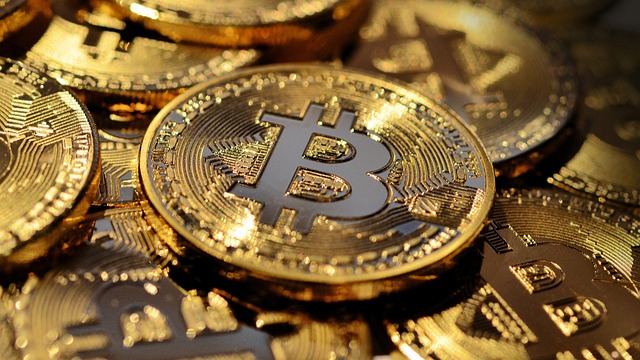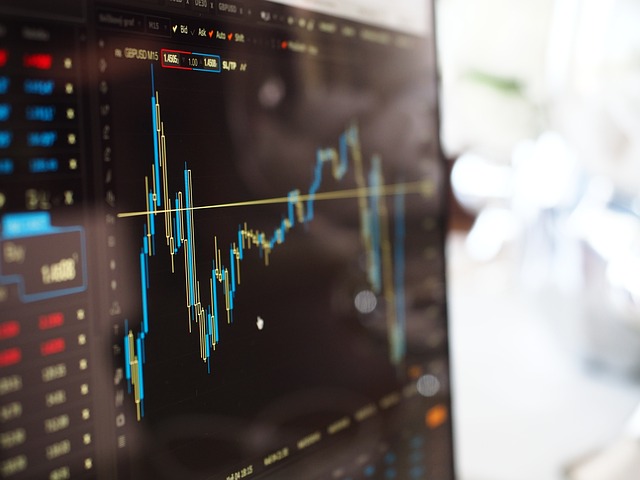The Role of NFTs in the Digital Art Market
The digital art market has undergone significant transformations in recent years, with one of the key drivers being the emergence of Non-Fungible Tokens (NFTs). As a unique and innovative way to own and trade digital art, NFTs have captured the attention of artists, collectors, and enthusiasts alike. In this article, we will delve into the world of NFTs in the digital art market, exploring their benefits, challenges, and future prospects.
NFTs are digital assets stored on a blockchain, which ensures their scarcity, authenticity, and ownership. This technology has enabled artists to create unique and verifiable digital art pieces that can be bought, sold, and traded like traditional art. The NFT market has exploded in popularity over the past few years, with some high-profile sales reaching astronomical prices.
One of the primary benefits of NFTs in the digital art market is their ability to provide a new revenue stream for artists. Gone are the days when artists had to rely on physical galleries and traditional art market channels to sell their work. With NFTs, artists can now showcase their creations online, connect directly with collectors, and earn royalties from sales.
Another significant advantage of NFTs is their ability to create a new level of scarcity and exclusivity in the digital art world. Traditional digital art often exists in the cloud, making it vulnerable to issues like server crashes or intellectual property theft. NFTs, on the other hand, are stored securely on a blockchain, ensuring that each piece is unique and verifiable.
However, the rise of NFTs has also brought new challenges to the digital art market. One of the main concerns is the issue of ownership and provenance. With NFTs, it can be difficult to determine who owns the original artwork, especially if the blockchain records are not properly maintained.
Furthermore, the NFT market has been criticized for its lack of regulation and transparency. This has led to concerns about price manipulation, fake art, and other forms of exploitation. As the industry continues to evolve, it is essential that regulatory bodies step in to establish clear guidelines and standards for NFT trading.
Despite these challenges, the future of NFTs in the digital art market looks bright. As blockchain technology continues to improve and more artists begin to experiment with NFTs, we can expect to see new innovations and creative applications emerge.
One area that shows great promise is the use of AI-generated art in NFTs. With advancements in machine learning algorithms, it is now possible to create highly realistic and unique digital art pieces using artificial intelligence. This has opened up new possibilities for artists who want to explore the intersection of technology and creativity.
In conclusion, NFTs have revolutionized the way we think about digital art ownership, scarcity, and exclusivity. While there are challenges to be addressed, the benefits of NFTs far outweigh the drawbacks. As the industry continues to evolve, it is essential that artists, collectors, and enthusiasts stay informed and adapt to the changing landscape.
For those interested in exploring the world of blockchain technology further, consider checking out [Blockchain Technology Innovations](https://zynblock.com/innovations-in-blockchain-technology/) for the latest news and insights on this rapidly evolving field.
NFTs in the Digital Art Market: Key Points
- NFTs are digital assets stored on a blockchain, ensuring their scarcity, authenticity, and ownership.
- The NFT market has exploded in popularity over the past few years, with some high-profile sales reaching astronomical prices.
- NFTs provide artists with a new revenue stream, allowing them to showcase their work online and connect directly with collectors.
- NFTs create a new level of scarcity and exclusivity in the digital art world, ensuring that each piece is unique and verifiable.
- The rise of NFTs has brought new challenges to the digital art market, including issues with ownership and provenance.
- Regulatory bodies are needed to establish clear guidelines and standards for NFT trading.
- AI-generated art is a promising area for innovation in NFTs.
Conclusion
In conclusion, NFTs have transformed the digital art market by providing a new way to own and trade unique digital art pieces. While there are challenges to be addressed, the benefits of NFTs far outweigh the drawbacks. As the industry continues to evolve, it is essential that artists, collectors, and enthusiasts stay informed and adapt to the changing landscape.
Tags
- NFTs in digital art market
- Blockchain technology
- Digital art ownership
- Artificial intelligence
- Blockchain innovations
Outbound Links
Stay up-to-date with the latest NFT market trends and prices on CoinGecko.
Discover the world of NFTs and learn how to buy, sell, and collect them on NFT Now.



